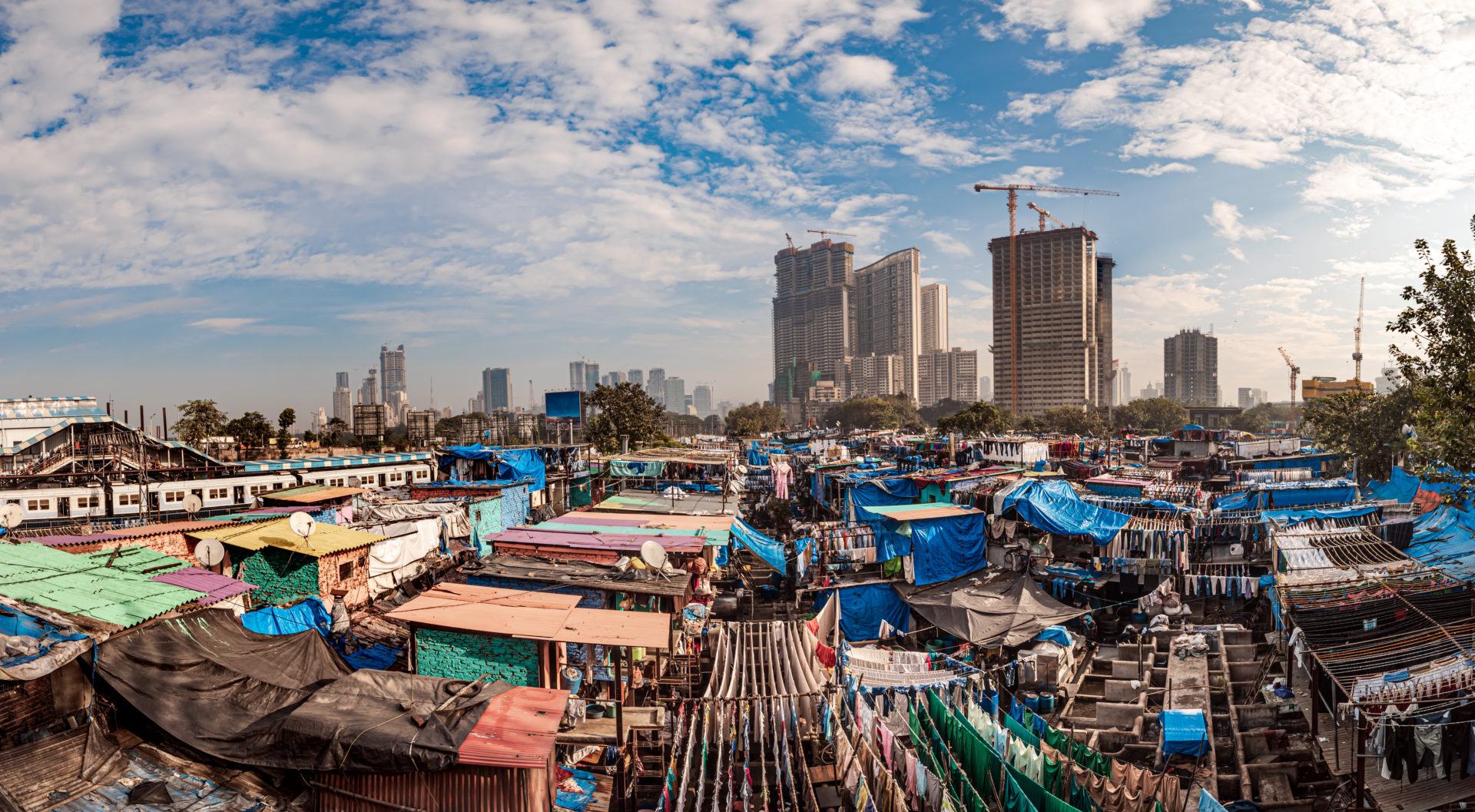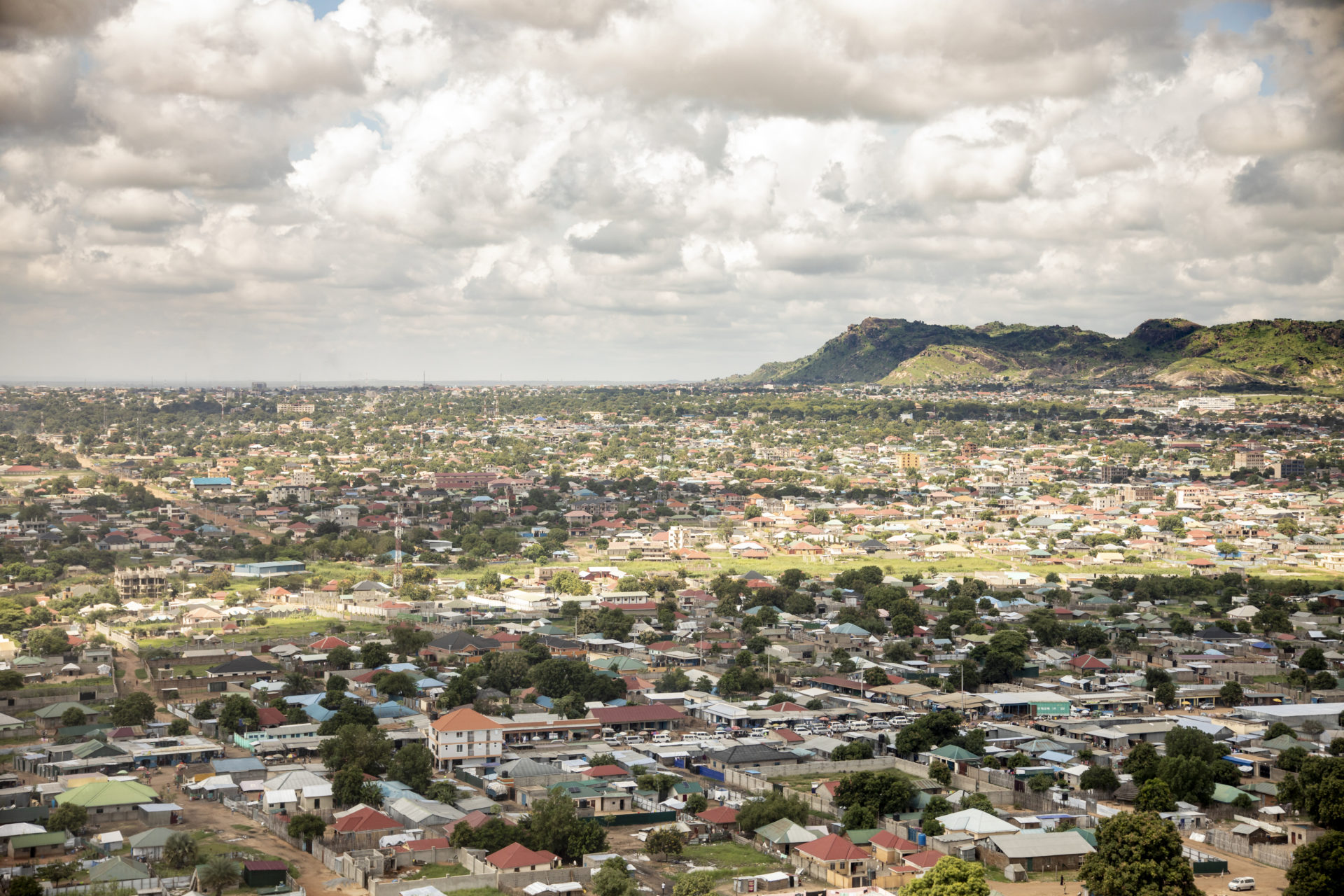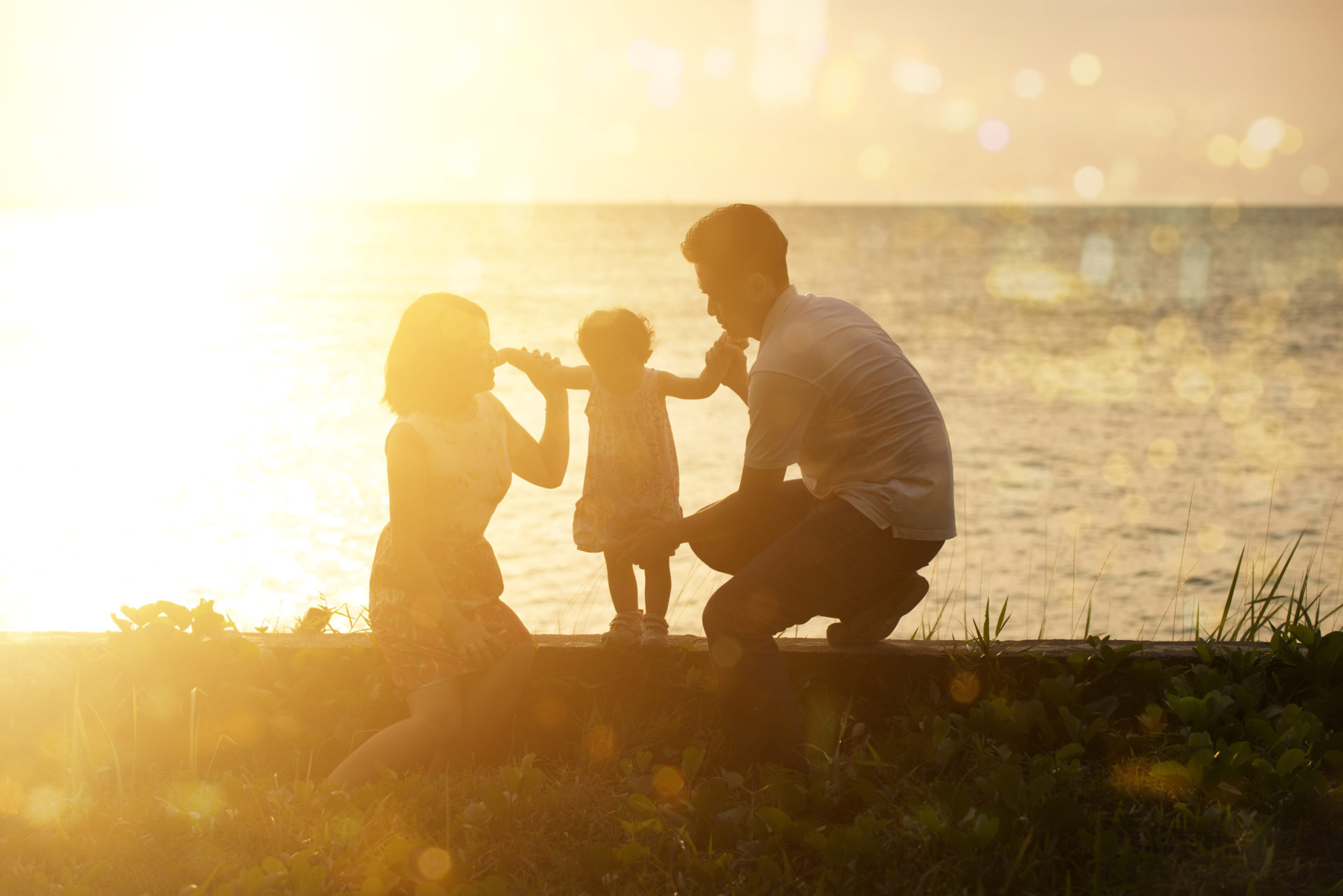
Why is population growth important?
The human population has skyrocketed from 4 billion in 1975 to 8.2 billion today—more than doubling in just 50 years. The natural resources and planetary systems that support humanity and the millions of other species that call Earth home are being strained to unprecedented levels. Rapid population growth and overconsumption are overburdening the planet — they are the twin drivers of nearly all of the sustainable development challenges we face today.
How is Population Connection different from other organizations?
While there is no shortage of environmental organizations that work toward reducing our consumption to a sustainable level, there are next to no national organizations that work to end the challenges presented by continued population growth. Population Connection is one of the only remaining organizations in the United States that’s bold enough to recognize the harms caused and/or exacerbated by population growth. We’re the nation’s largest grassroots population organization and the only source of population curriculum materials for K-12 teachers and their students.
Our 40,000 dues-paying members understand and care deeply about the critical importance of stabilizing population, after a century of unprecedented growth (the world population didn’t reach 2 billion until 1927, less than 100 years ago!). And they know that the sooner we achieve this imperative, the better off our planet and its people will be.
Population Connection is unique in that we work at the intersection of demography (population studies), health and human rights, sustainable development, and environmental protection. We know that efforts to slow population growth through voluntary access to affordable, high-quality family planning options are key to human well-being and a safe and healthy environment now and into the future.
Population growth instigates and exacerbates global challenges
Environmental consequences of population growth
Human population growth is a major driver of our many global environmental crises, including biodiversity loss, resource depletion, and climate change. Even zoonotic diseases become more likely with continued population growth, as people destroy habitats and hunt disease-carrying wildlife.
Population growth worsens local and regional environmental challenges as well. Examples include strain on freshwater supplies, especially in places experiencing drought; soil degradation caused by growing crops in rapid succession on the same piece of land, without letting the soil recover nutrients in between plantings; urban sprawl and the traffic and pollution that come with it; deforestation and loss of adequate timber and cooking fuel; overfishing to the point where fishers can’t make a living and people who rely on seafood for protein are forced to go without; and so on.
There are very few examples of environmental problems that aren’t at least in part due to too many people vying for the same land and resources.
Health and development consequences of population growth
High fertility rates and rapid population growth are positively correlated with gender inequality, unmet need for contraception, poverty, high infant and maternal morbidity and mortality, and low educational attainment—especially for girls and women.
Each pregnancy and delivery is another opportunity for a medical crisis, particularly in settings that lack trained health workers, necessary supplies, and a sterile environment for childbirth. Sadly, infant, child, and maternal mortality rates are unacceptably high in places where women spend much of their reproductive lives pregnant and caring for babies, one after another, without adequate rest in between. To put this into perspective, there are 2 maternal deaths per 100,000 live births in Norway, while there are 1,047 in Nigeria.
In low-income regions, where fertility is highest and populations are growing fastest, it can be incredibly daunting to work toward improving public health outcomes and living standards because development programs must “run just to keep up.”
When the population of school-aged children is growing every year, for example, and classrooms are already bursting at the seams, it’s often to impossible to hire enough additional teachers to keep class sizes reasonable. At the household level, when families include many children, it’s often cost-prohibitive for all of them to attend school. It’s typically the girls who are kept out of school because they are needed at home to do chores and care for younger siblings. This limits their future employment prospects and all but ensures that they will marry and start having children of their own at a young age.
Rapidly growing populations strain countries’ ability to provide services and infrastructure that all people need to have a reasonable standard of living — sanitation, safe drinking water, basic public health care, electricity, internet, primary and secondary education, jobs that pay a living wage, etc.
Solving unsustainable population growth
Ending population growth within the next few decades is possible, but only if we make a concerted effort to slow the current trajectory. The solution is something we should be doing regardless of its demographic benefit: ensuring universal access to high-quality, affordable family planning services and reproductive health care worldwide.
The Guttmacher Institute estimates that 214 million women in low- and middle-income countries (LMICs) have an unmet need for modern contraception — they want to avoid pregnancy for at least two years but aren’t using a modern method. Expanding contraceptive access to everyone who wants it is critical for solving our global population problem.
High fertility is positively correlated with extreme poverty. The world’s 45 least developed countries (LDCs) are among the world’s fastest-growing. As a group, they are projected to double in population between 2024 and 2050.
Most of the countries with an annual income per person averaging less than $5,000 are in sub-Saharan Africa. These countries are also among the most vulnerable to climate change, in addition to other threats.

Removing barriers to women’s rights, education, and family planning reduces human impacts on the environment and strengthens people’s ability to adapt to climate change. Communities in which women can freely determine the number and spacing of their children are more prosperous, healthy, and resilient.

Ending population growth is critical to achieving the UN Sustainable Development Goals (SDGs), which aim to deliver a decent quality of life for all on a healthy planet by the year 2030.

259 million
According to the UN Population Division, an estimated 259 million women globally have an unmet need for modern contraception, meaning they wish to avoid pregnancy but are not using safe and effective birth control. Universal access to voluntary family planning and reproductive health care are crucial to empowering women, advancing reproductive freedom, and slowing population growth.
68.9 Gt
Slowing population growth through family planning and girls’ education could prevent 68.9 gigatons of carbon dioxide equivalent emissions by 2050, making it one of the most powerful available climate change mitigation solutions.
Read More
Population and Climate Change
Demographic trends and variables play an important role in understanding and confronting the world’s climate crisis. Population growth, along with increasing consumption, drives emissions of climate-changing greenhouse gases. Rapid population growth worsens the impacts of climate change by straining resources and exposing more people to climate-related risks—especially in low-resource regions. Population dynamics affect both the trajectory of climate change and the number of people subjected to dangerous climate impacts.
View info briefSolutions Through Reproductive Health
Download this info brief to explore the connections between sustainable development, women’s empowerment, family planning, and climate change. This resource demonstrates that slowing population growth through rights-based investments in voluntary family planning services can reduce emissions and significantly increase individual, community, and country resilience in a changing climate.
View info briefHuman Impacts on the Environment
Browse this info brief for an in-depth look into humanity’s ecological footprint. This resource outlines the ways in which resource use, consumption patterns, demographic trends, industrialization, and globalization influence both human development and the future of climate change.
View info brief